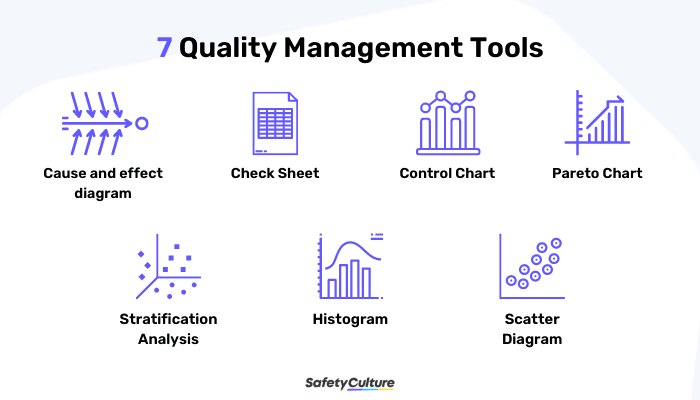Ensuring quality in every product or service is a cornerstone of a successful business. Without proper systems in place, maintaining high standards can become challenging. That’s where quality control tools come in—helping organizations identify errors, analyze processes, and improve outcomes effectively.
What Are Quality Control Tools?
Quality control tools are systematic techniques used to monitor, evaluate, and enhance the performance of a process or product. They are essential in identifying defects, understanding their causes, and applying data-driven solutions to eliminate them.
Across industries, teams use Quality Control Tools to ensure that operations run smoothly, and outputs consistently meet customer expectations. These tools provide a reliable framework for making informed decisions and minimizing process variation.
Importance of Using Quality Control Tools
Implementing Quality Control Tools allows businesses to increase productivity, reduce waste, and improve overall efficiency. These tools not only help detect issues early but also support long-term process improvements by uncovering trends and root causes.
They also encourage a proactive approach to quality, making it easier to comply with industry regulations and meet internal performance benchmarks.
The Seven Key Quality Control Tools
The following seven tools are considered the foundation of quality control and are widely used across different sectors:
- Cause-and-Effect Diagram (Fishbone/Ishikawa)
Categorizes and identifies potential causes of quality issues to pinpoint the root problem. - Check Sheet
A simple tool for collecting data in real time to detect patterns or frequent problems. - Control Chart
Tracks process performance over time, showing if variations are within acceptable limits. - Histogram
A bar graph that displays the frequency of data to reveal variations in performance. - Pareto Chart
Highlights the most significant issues using the 80/20 rule, helping prioritize corrective actions. - Scatter Diagram
Visualizes the relationship between two variables to uncover possible cause-and-effect links. - Flow Chart
Outlines the steps in a process, making it easier to detect inefficiencies and streamline operations.
Best Practices for Applying Quality Control Tools
- Clearly define the quality challenge or objective
- Choose the appropriate tool based on your data and goals
- Gather accurate and consistent data for analysis
- Involve team members from different departments for a holistic view
- Use findings to make informed improvements and monitor progress
Conclusion
Quality control tools are indispensable for maintaining high standards and ensuring consistent business performance. They provide structure, visibility, and actionable insights that lead to better products, more efficient processes, and happier customers. When used effectively, these tools become a driving force behind operational excellence and lasting success.
